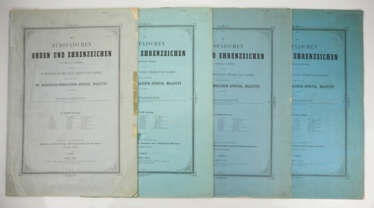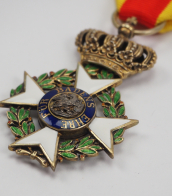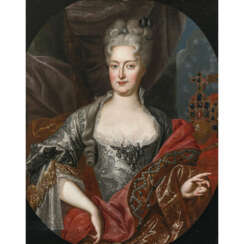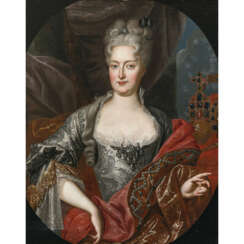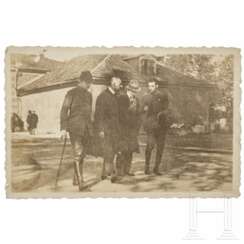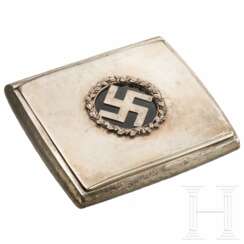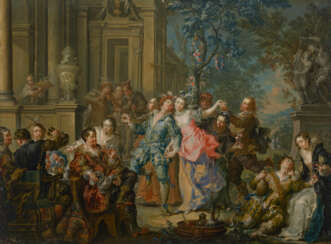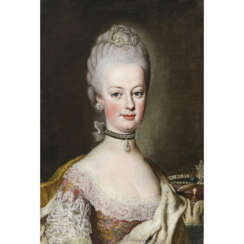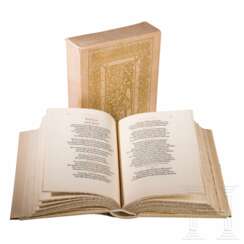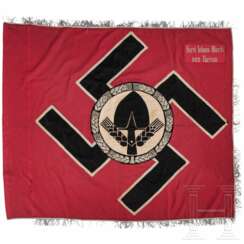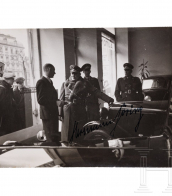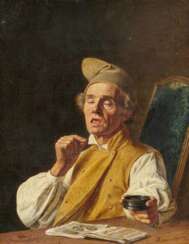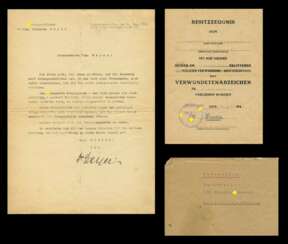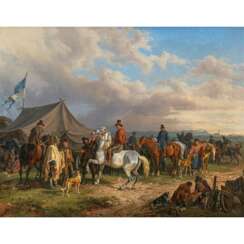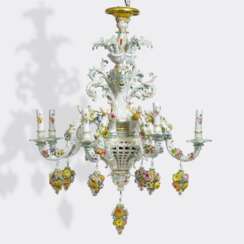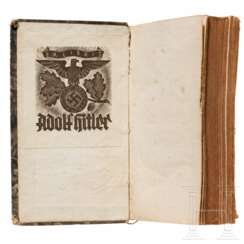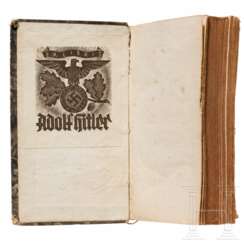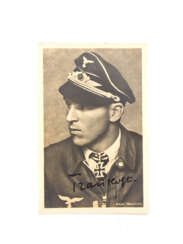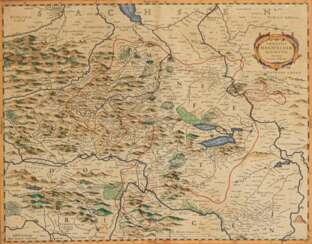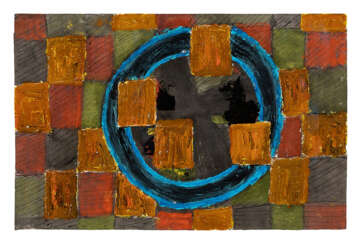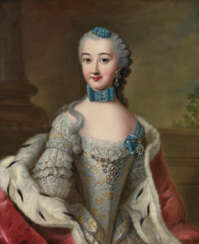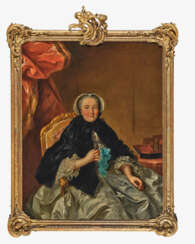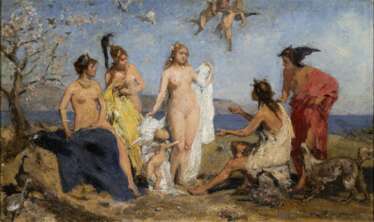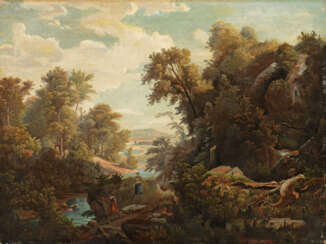johanna reich
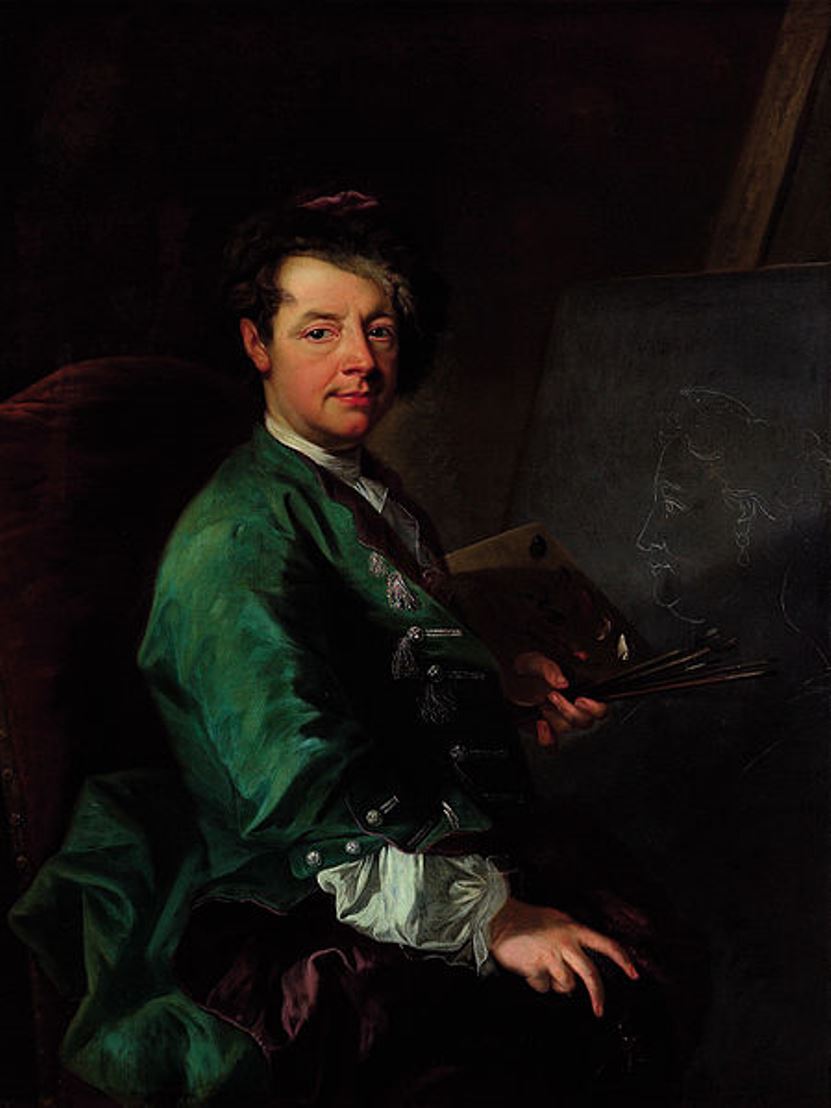


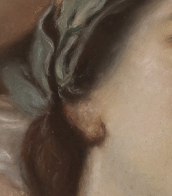

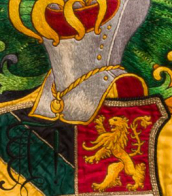
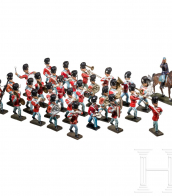
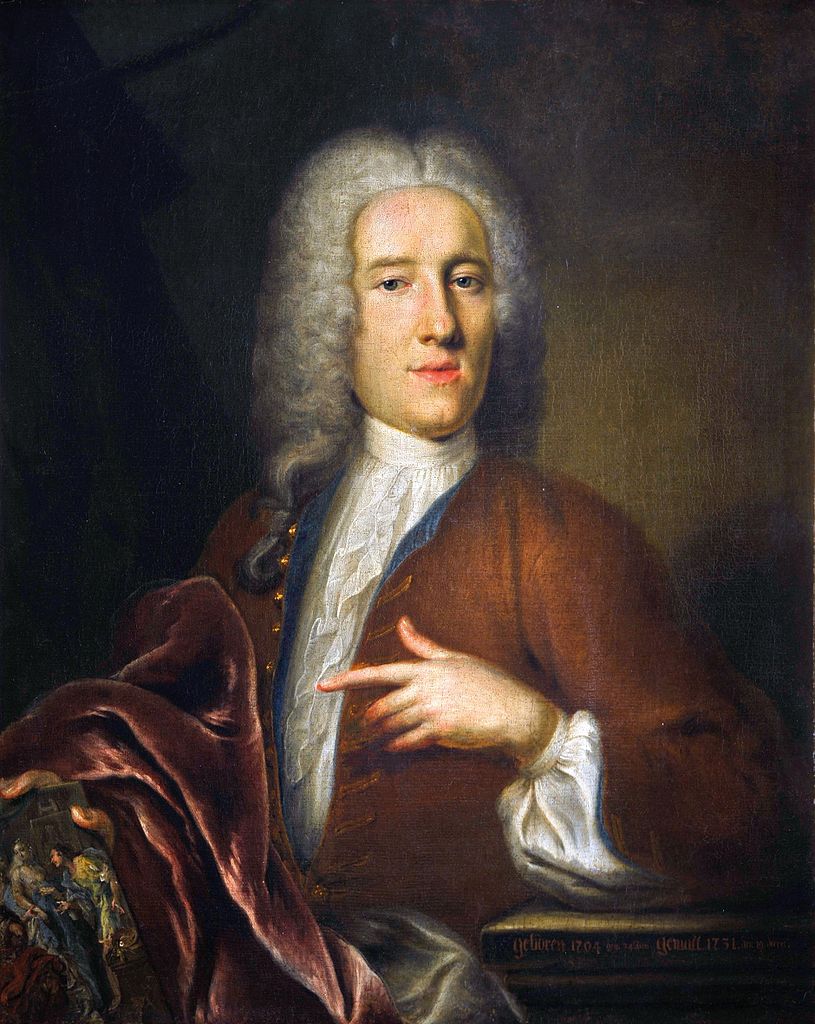
Johann Georg Platzer was a distinguished Austrian Rococo painter and draughtsman, renowned for his vibrant and intricate historical and mythical scenes. Born in 1704 in Eppan, South Tyrol, Platzer belonged to a lineage of painters, which significantly influenced his career path. His work is celebrated for its dynamic compositions, detailed figures, and the ability to imbue scenes with a sense of vitality and opulence characteristic of the Rococo period.
Johann Georg Platzer's oeuvre includes a variety of subjects, from allegorical representations, such as the "Allegory of the Four Seasons," to scenes of courtly life and mythological narratives. His technique, marked by meticulous attention to detail and a masterful use of color, allowed him to create paintings that were not only visually stunning but also rich in narrative. Notably, his self-portrait and works like "Dancing Scene with Palace Interior" and "Fountain Scene in Front of a Palace" exemplify his skill in depicting intricate details and textures, from the luxurious fabrics of the figures' clothing to the architectural elements surrounding them.
The Joanneum Alte Galerie in Graz, Austria, holds the most significant collection of Platzer's paintings under a single roof, indicating the artist's prominence within the Austrian art scene of the 18th century. Furthermore, his paintings are housed in prestigious institutions worldwide, including the Art Institute of Chicago, showcasing his international recognition.
For collectors and experts in art and antiques, Johann Georg Platzer represents a pivotal figure in the Rococo movement, with his works offering a glimpse into the opulence and dynamic culture of 18th-century Austrian society. His paintings not only appeal to those interested in the artistic styles of the Rococo period but also to anyone fascinated by the historical and mythological narratives of the era.
To stay informed about new discoveries, sales, and auction events related to Johann Georg Platzer's works, signing up for updates is recommended. This will ensure enthusiasts and collectors are promptly informed about opportunities to acquire works by this illustrious artist, further enriching their collections with the vibrant history and culture encapsulated in Platzer's paintings.

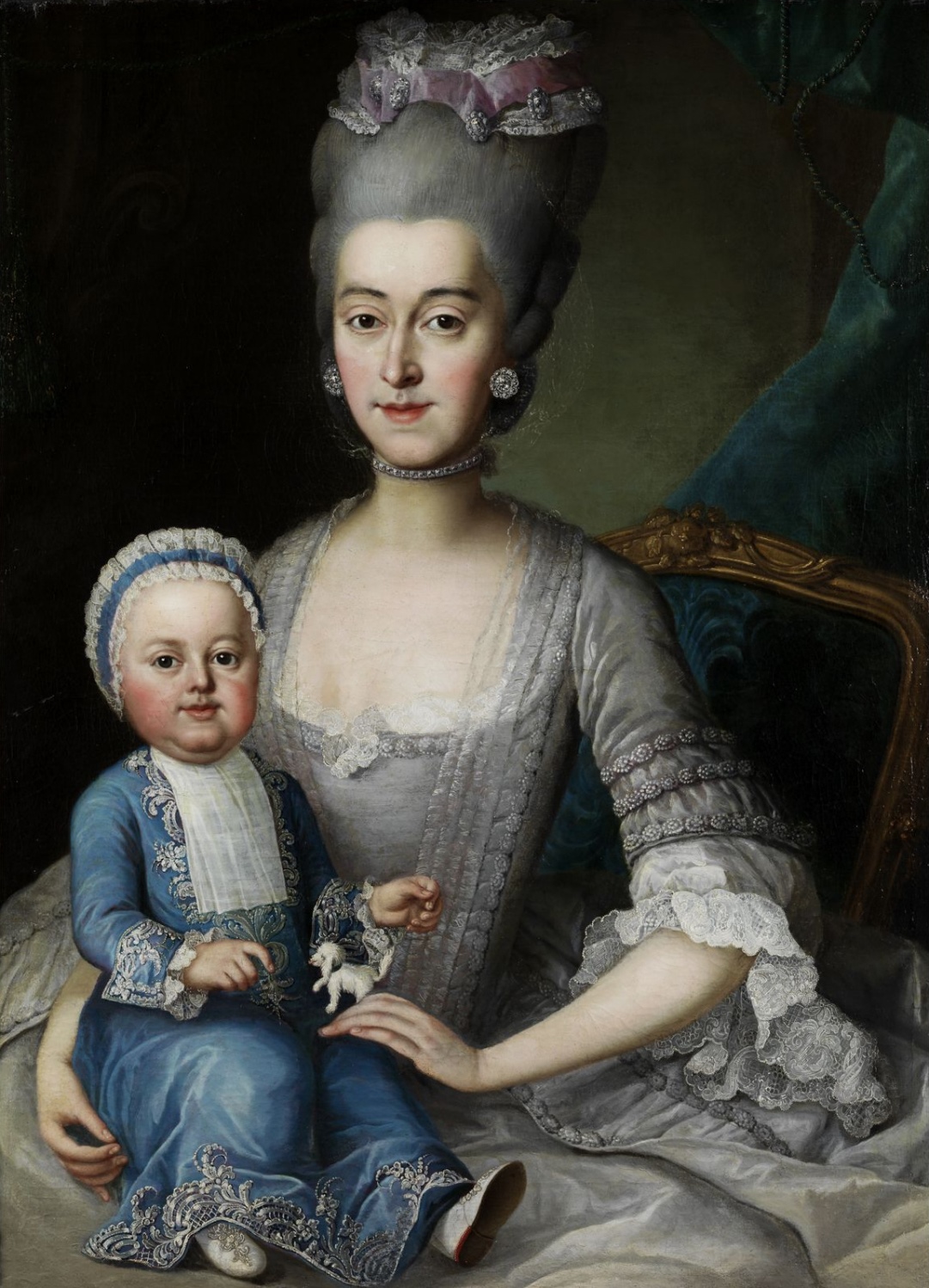

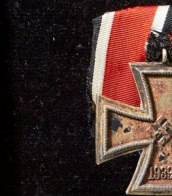
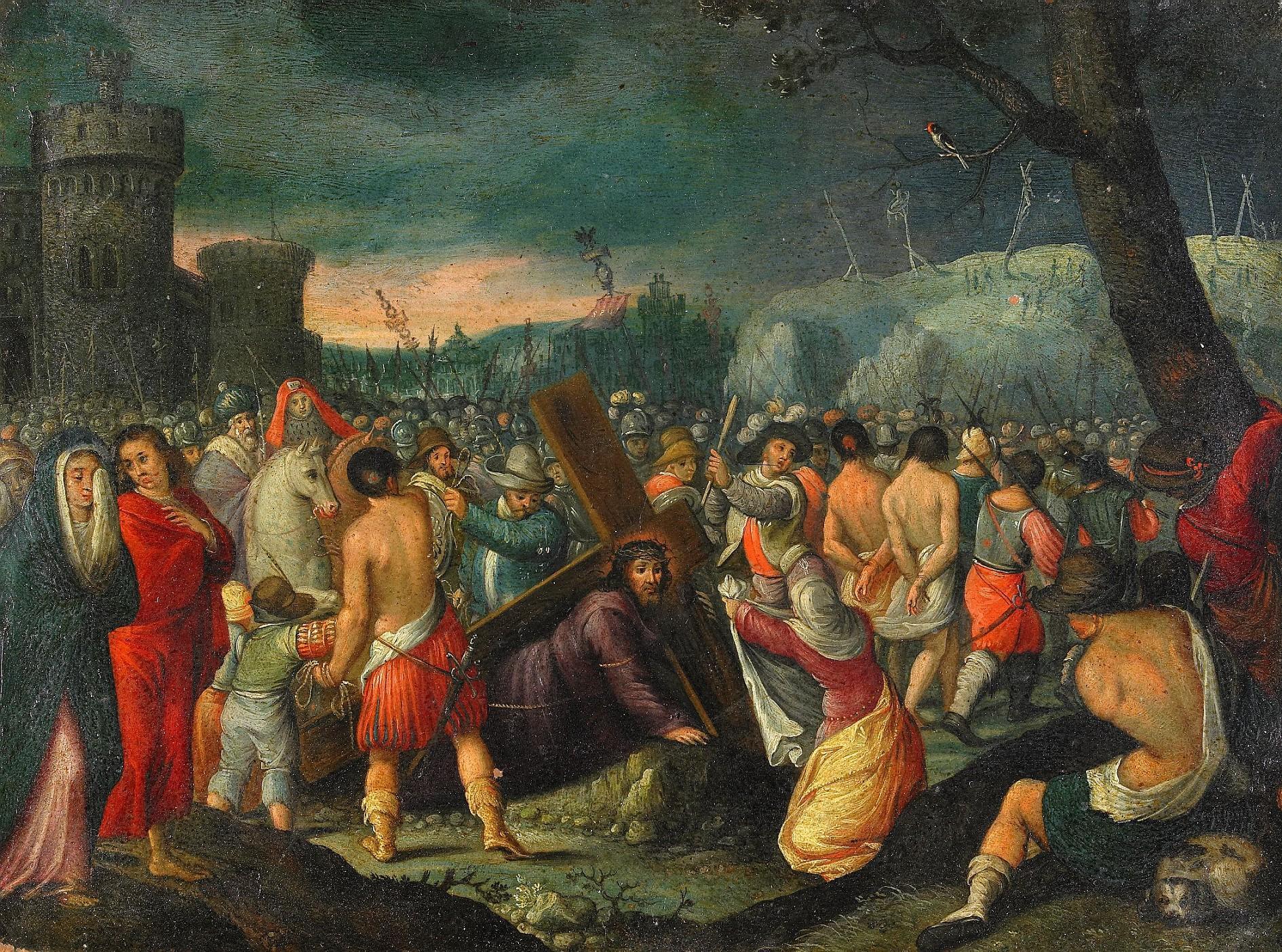
Johann König was a German painter. The son of a Nuremberg goldsmith, König was a follower of Adam Elsheimer. He is known today primarily because of his very finely painted copper panels.

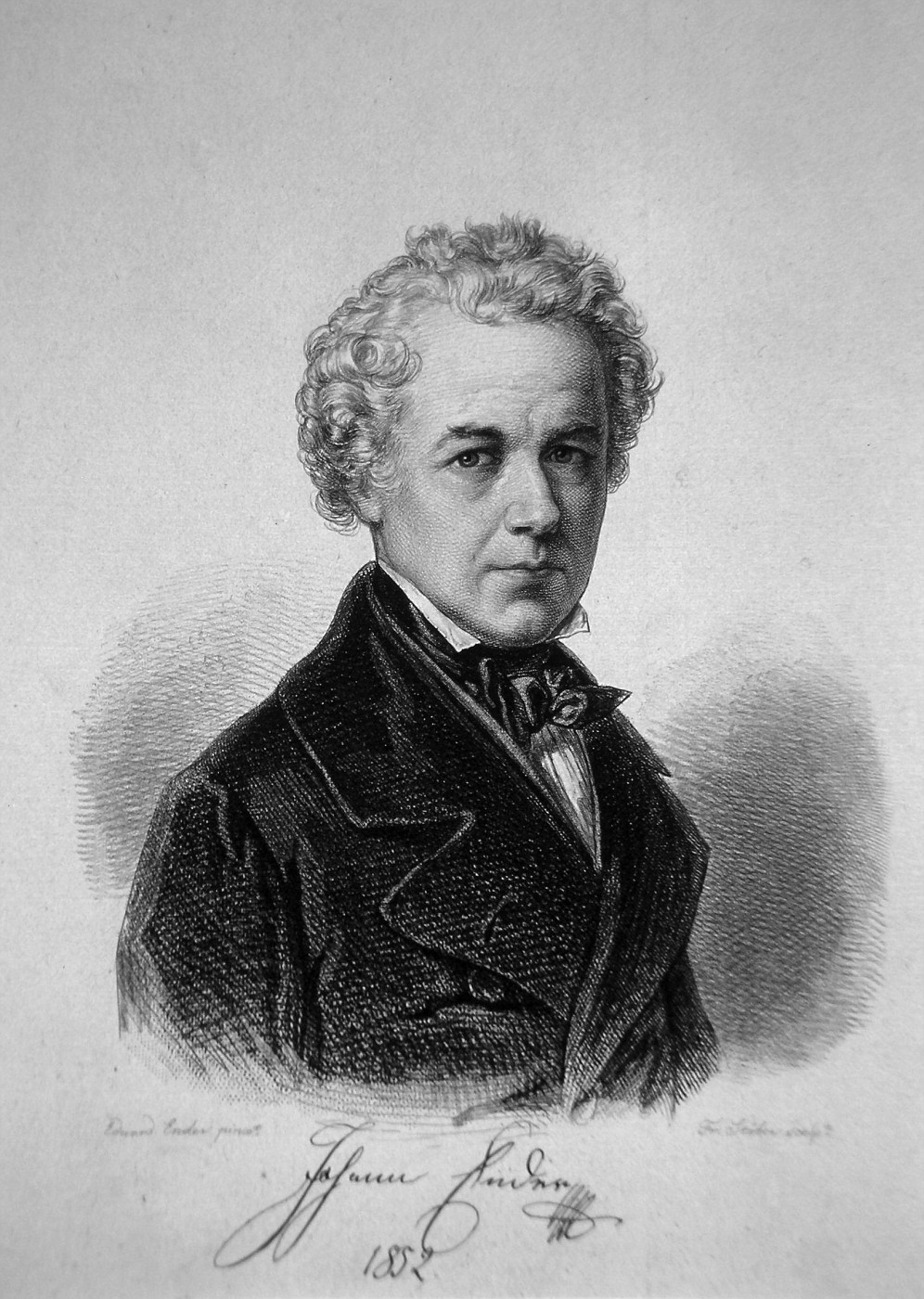
Johann Nepomuk Ender was an Austrian portrait painter and engraver.

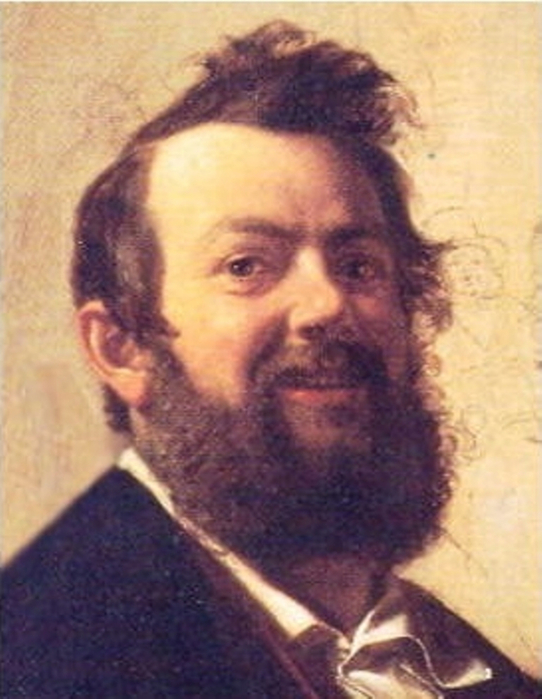
Johann Peter Hasenclever was a German painter of the first half of the 19th century. He is known as a painter, a representative of the Düsseldorf school of art, who is considered one of the founders of German genre painting.
Hasenclever began his work by interpreting biblical, mythological and romantic subjects, but eventually found his calling in humorous scenes from bourgeois life, especially Pyrenean towns and cities. Among his famous works are "The Amusing Examination," "The Reading Room," and "The Trial of Wine," distributed in engravings and lithographs.

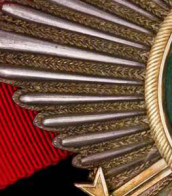
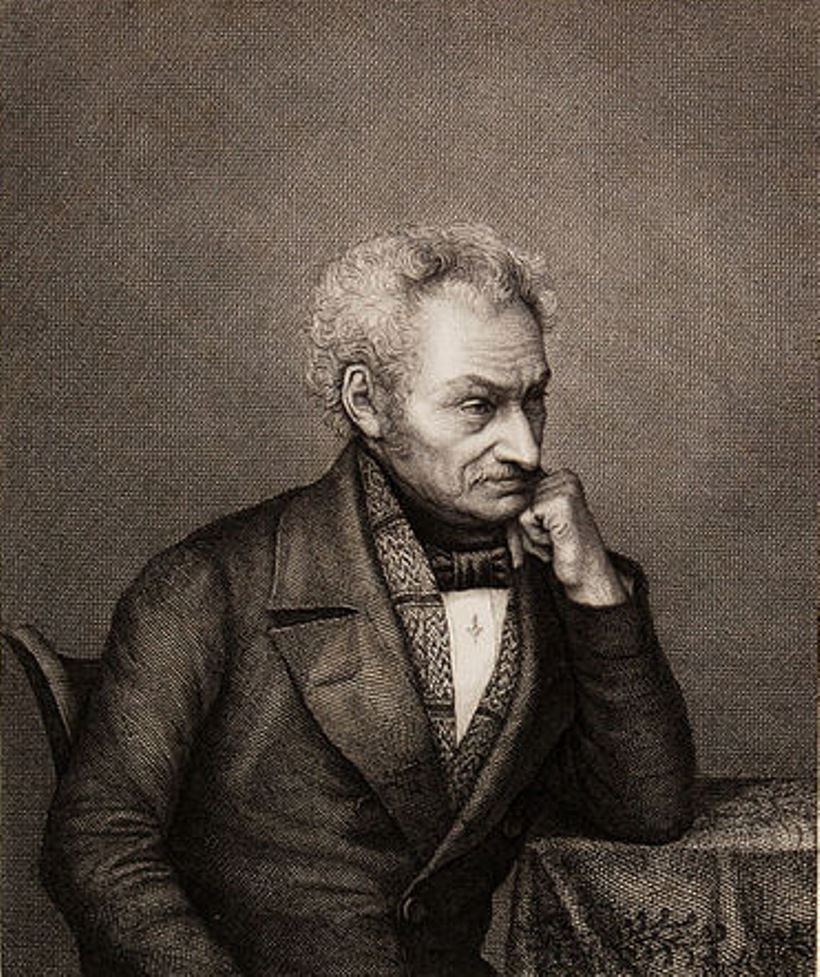
Johann Adam Klein was a German painter and engraver.
He studied the art of engraving and painting at the Vienna Academy of Fine Arts, and painted battle scenes, carefully painting details and especially horses. Horses and animals in general are Klein's favorite subjects. In addition to Germany, he lived in Italy and Hungary, and everywhere he looked for subjects for his works, where horses are necessarily in the center of attention, whether it be battle scenes involving the military, or in a village stable on vacation.
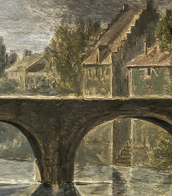
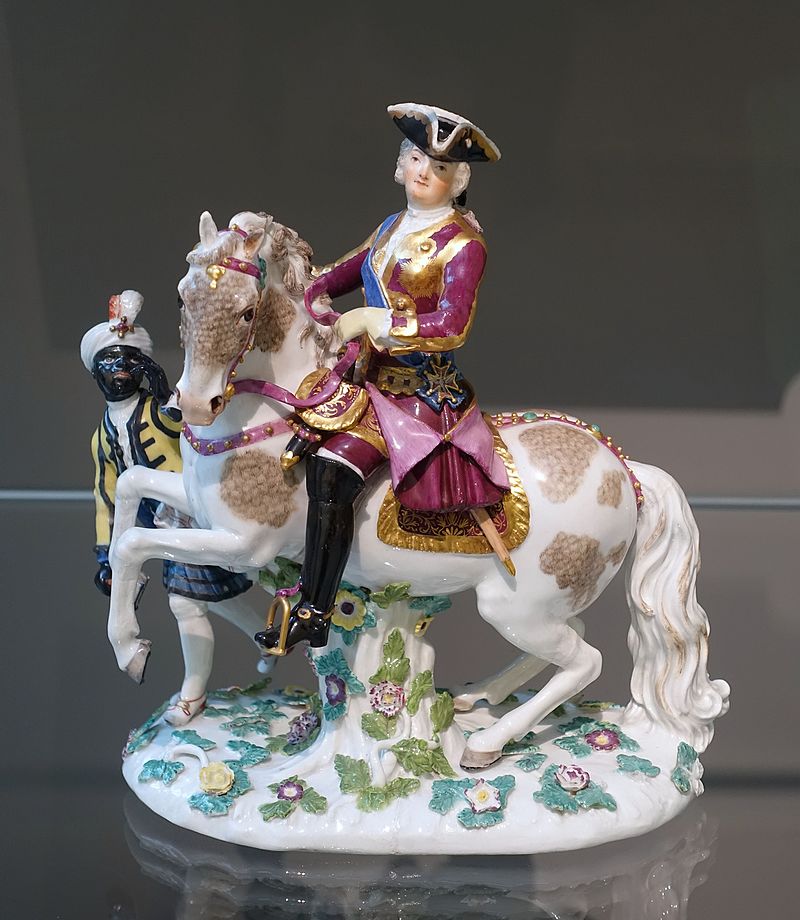
Johann Joachim Kändler was a German sculptor and porcelain artist best known for his role in transforming European porcelain, particularly through his work at the Meissen porcelain factory. His sculptures and figurines, characterized by their natural motifs and intricate details, significantly impacted the porcelain industry.
Kändler's early works often depicted elements from nature, with his bird sculptures—such as those of jays and woodpeckers—being particularly notable. As his career evolved, he delved into smaller decorative figures, such as those from the "Swan Service," a collection of detailed and delicate porcelain pieces. Kändler also drew inspiration from the commedia dell'arte, a popular form of theater, creating vibrant figurines that captured the spirit of this genre. His "Monkey Band" from 1753 is an enduring piece still celebrated today.
Throughout his career, Kändler produced over a thousand different items, many of which are now considered timeless masterpieces in European porcelain art. You can find his works in museums and galleries, such as the British Museum, Seattle Art Museum, and The Metropolitan Museum of Art. Some pieces are even available for auction or sale, often fetching high prices due to their rarity and artistic significance.
If you'd like to learn more about Johann Joachim Kändler or stay updated on related sales and auctions, you can subscribe to our newsletter for timely information and insights into his works.
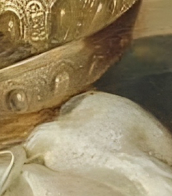

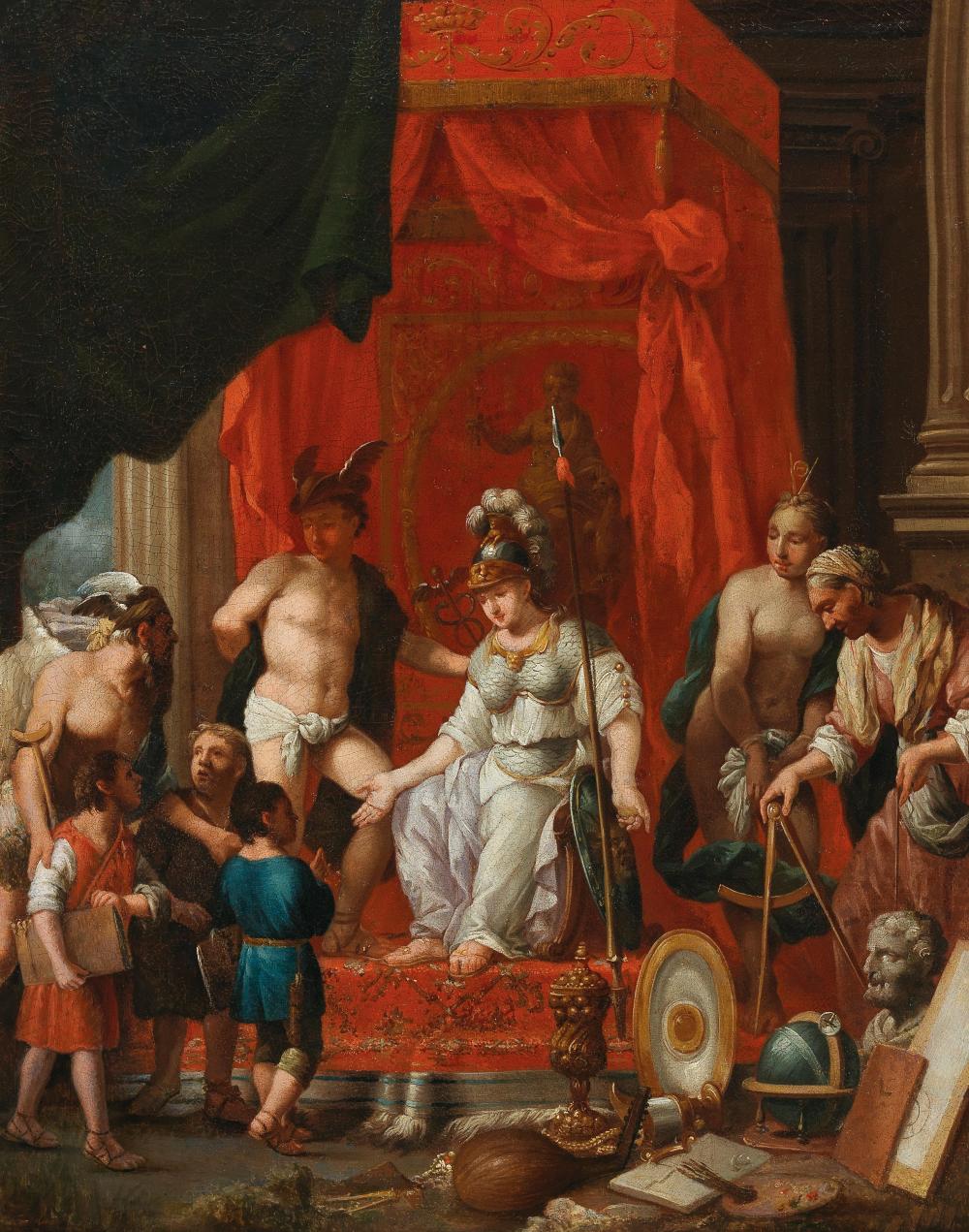
Johann Heiss was a German painter of the Baroque period.
Johann studied painting in Memmingen, went to Stuttgart in 1663 and was in the service of Eberhard III, Duke of Württemberg. In 1675, the art historian Joachim von Zandrart praised his work in his book The German Academy. After 1677, Heiss lived and worked in Augsburg. Johann Heiss painted pictures on historical, biblical and mythological subjects, worked in churches and monasteries, creating frescoes and allegorical themes.
Heiss's work can be seen in museums throughout Germany, as well as in the Louvre, the Kunsthistorisches Museum (Vienna), the Hermitage Museum, and the Milwaukee Art Museum.
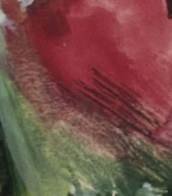
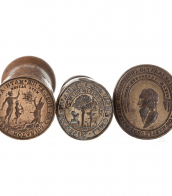
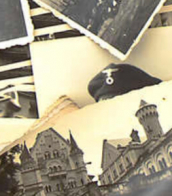
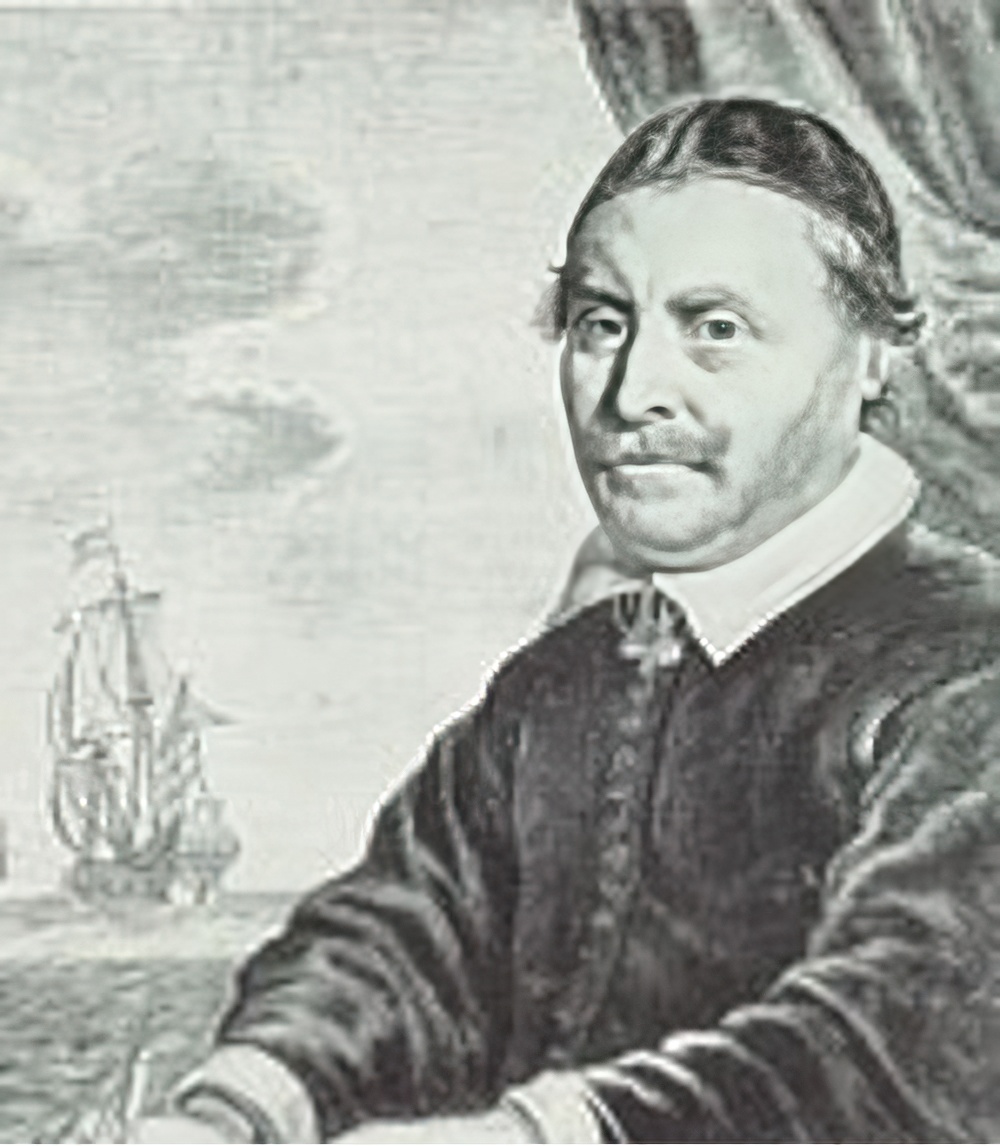
Johannes Janssonius was a Dutch cartographer, printer and publisher.
In 1616 Janssonius created his first maps of France and Italy, and every year he expanded and improved their publishing. The so-called "Great Atlas" already numbered eleven volumes. The editions were printed in Dutch, Latin, French and German.
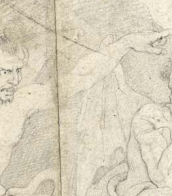
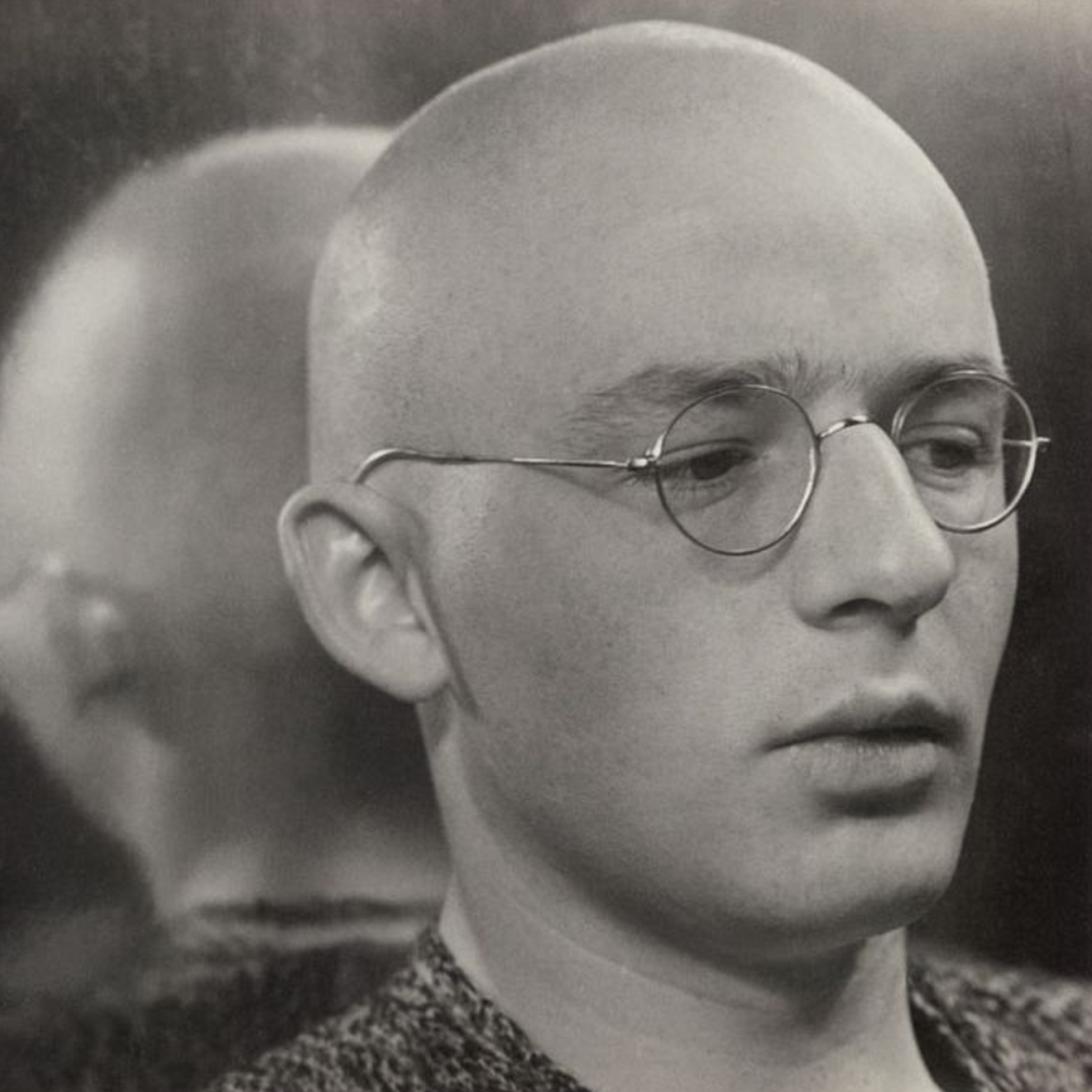
Johannes Itten was a Swiss expressionist painter, designer, teacher, writer and theorist associated with the Bauhaus (Staatliches Bauhaus) school. Together with German-American painter Lyonel Feininger and German sculptor Gerhard Marcks, under the direction of German architect Walter Gropius, Itten was part of the core of the Weimar Bauhaus.
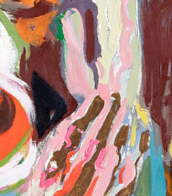
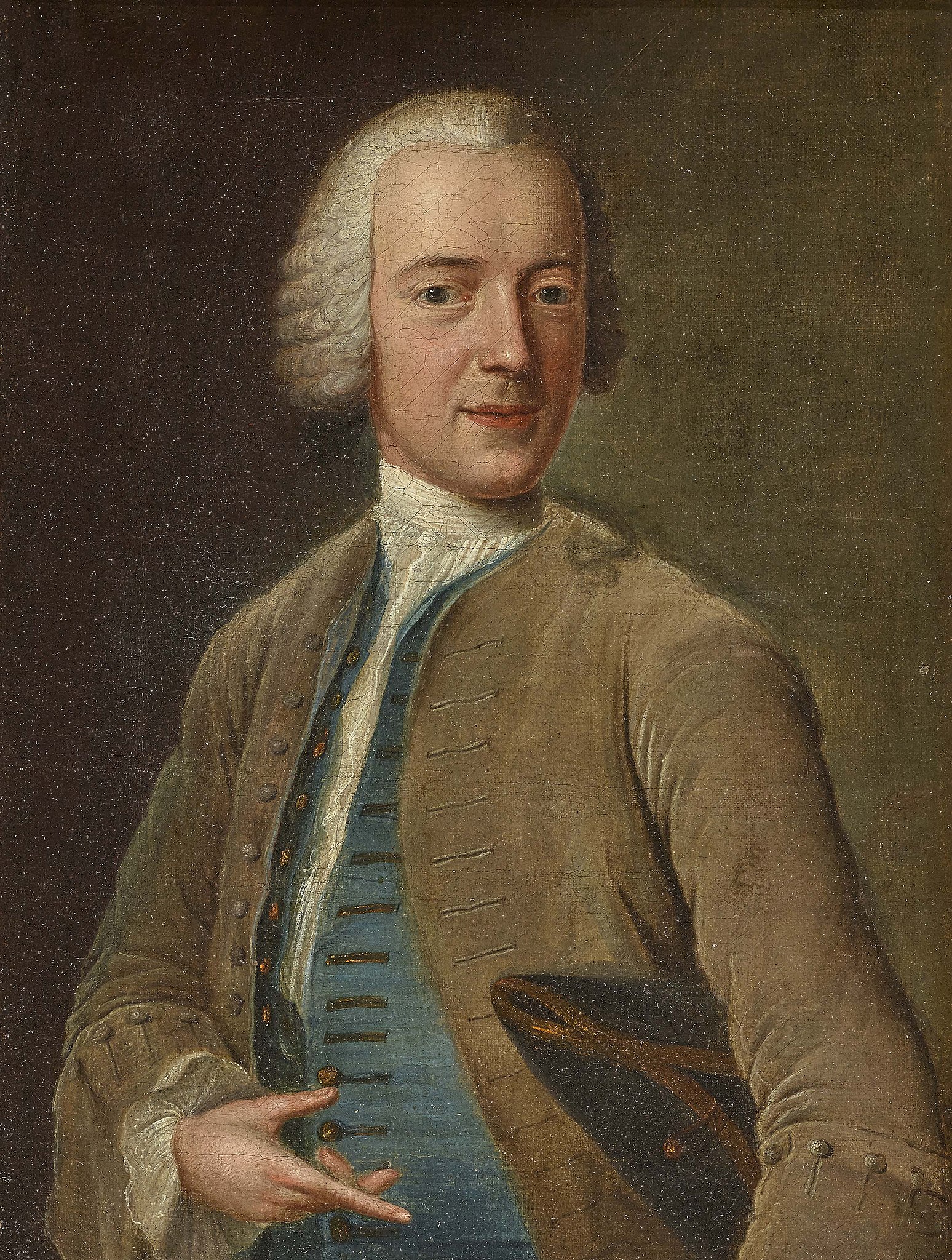
Johann Georg Ziesenis was a German portrait painter. He came from a family of artisans and artists of the 17th and 18th centuries whose works are attributed to the Hanoverian Rococo.
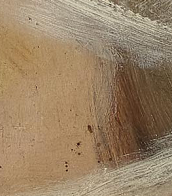
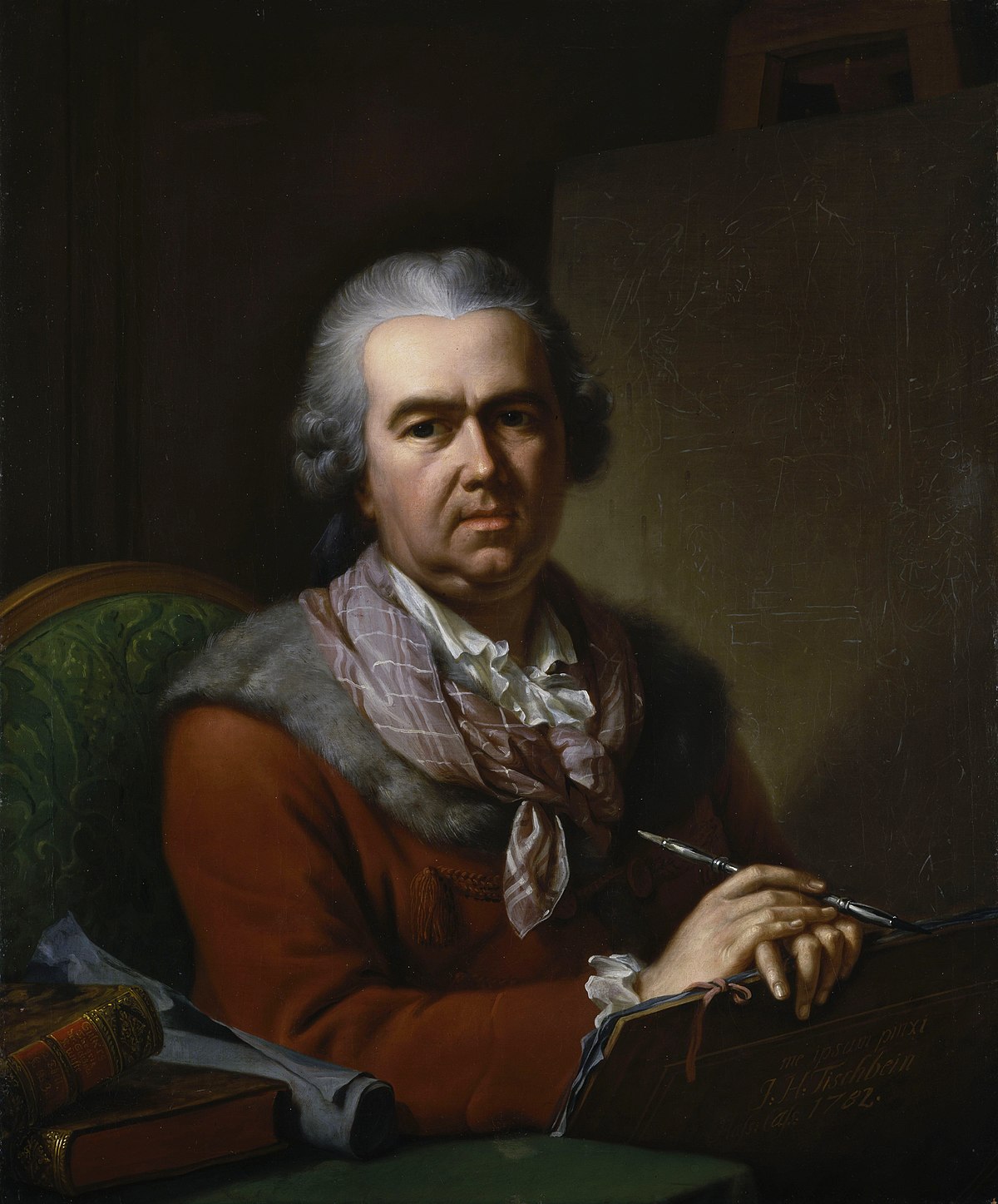
Johann Heinrich Tischbein the Elder, known as the Kasseler Tischbein, was one of the most respected European painters in the 18th century and an important member of the Tischbein family of German painters, which spanned three generations.
His work consisted primarily of portraits of the nobility, mythological scenes, and historical paintings. For his mythology paintings his models were mostly members of the upper nobility.


Johann Christian Klengel was a German painter of the late eighteenth and early nineteenth centuries. He is known as a landscape painter and printmaker, as well as a teacher.
Klengel created idyllic landscapes and compositions, often in morning or evening light. His collection Principes de dessins pour les paysages (Principles for the Design of Landscapes) for landscape painters, published in 1812, contained twelve folios. Klengel was also professor of landscape painting at the Dresden Academy from 1800.




